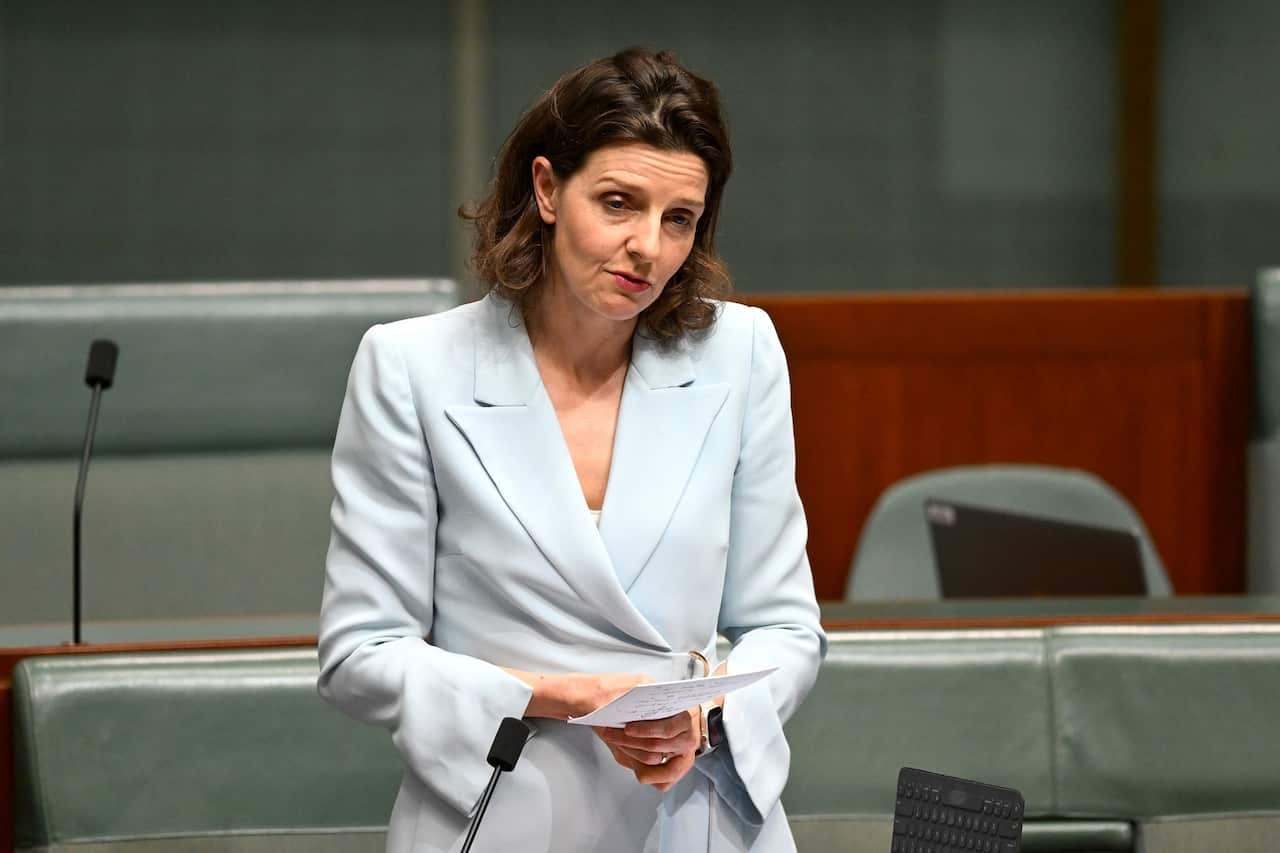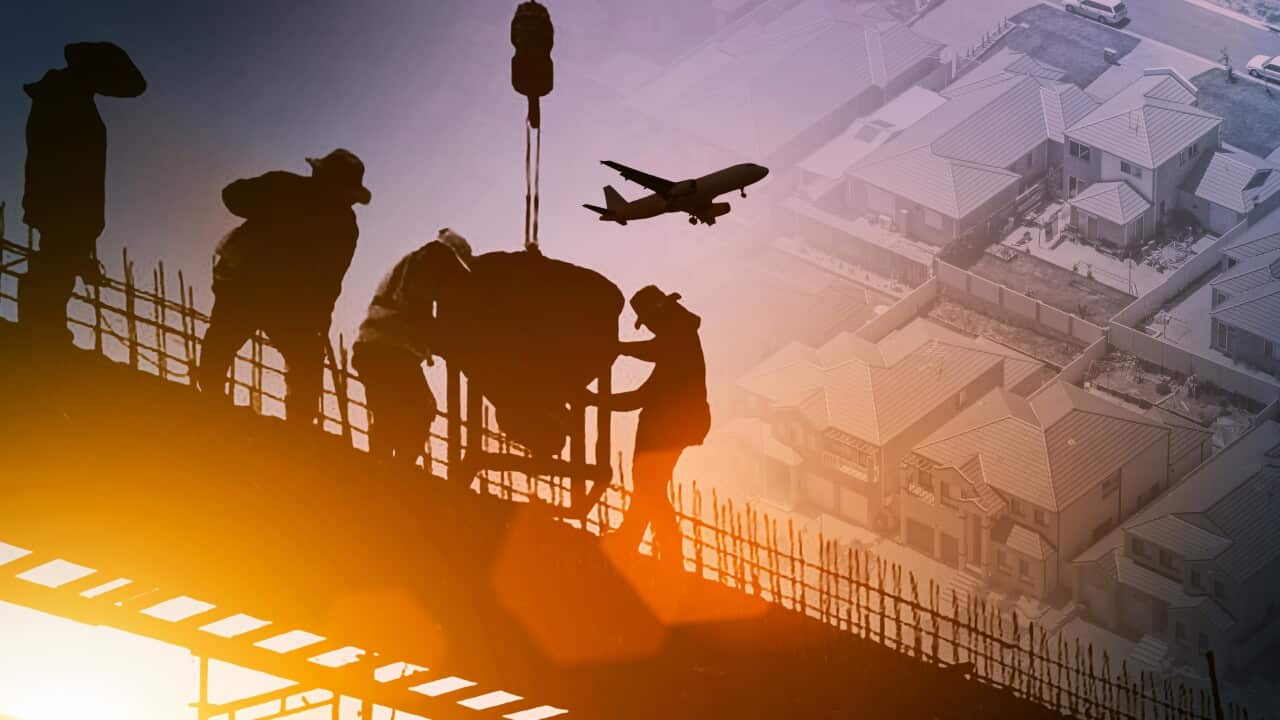Migration may be key to solving Australia’s housing shortage, the nation’s peak business body has declared.
The Business Council of Australia (BCA) has to rezone more land, speed up approvals, and fix planning bottlenecks that “hold back homes being built”.
being built across the country over the next five years. The BCA says that means around 60,000 homes will need to be built each year.
Build Skills Australia — a government-established group working with industry to address workforce challenges — estimates an extra 90,000 construction workers are needed to achieve the goal.
The BCA recommends the government do more to incentivise skilled workers from overseas to fill industry gaps. This includes expediting comparable trade qualifications and fast-tracking pathways to permanent residency.
It contrasts with rhetoric that migrants drive up house prices, with to free up more than 100,000 homes over five years if elected the next time Australians go to the polls.
Experts have weighed in on the impact of migration on the nation’s housing crisis.
Is migration our housing solution, or part of the issue?
BCA chief executive Bran Black supports a “robust migration system for skilled migrants”.
He said the focus needs to shift from the impact on house prices to addressing the real challenge driving the nation’s housing crisis; housing supply.
Black argues the government needs to pull in skilled labour from other countries to address gaps across the construction and building industry so more homes can be built.
“Everything from bricklayers to carpenters, plumbers, electricians, engineers, surveyors, architects, they’re all areas in which there is a shortage of skillsets,” he told SBS News.
“We know that across the economy we see one-third of sectors facing skills shortages … so what we say is that when we can’t produce those skills at home, let’s look abroad.”
Brendan Coates is the housing and economic security program director at the Grattan Institute.
He said while expediting assessments for skilled migrants would be a “positive step”, anyone who arrives from overseas needs a home and therefore adds to demand.
“Our estimate is roughly every 100,000 additional migrants probably adds about 1 per cent to rents and prices beyond the long-term average,” Coates told SBS News.
“Migration has many enormous benefits to Australia … adding to productivity growth … but there is this tension that the more migration we have, it does tend to make our housing problem worse.”
He encouraged any measures that would incentivise skilled migrants to relocate to Australia but said we had to be “realistic” about the number of extra workers this would provide.
“We’ll get some more workers, but certainly most of the additional construction workers Australia needs to build the housing we need are going to have to come from the domestic workforce,” Coates said.
Boosting Australia’s construction worker numbers
The Grattan Institute reports only 24 per cent of those working in building and construction are born overseas, despite migrants making up 32 per cent of the nation’s workforce.
Coates said the main pathway for skilled trade workers is employer sponsorship, with many facing delays and high costs.
“We need to remove those barriers to get as many skilled trades workers through the migration programme as we can, but we’re never going to solve our construction workforce challenge,” he said.
Independent member for Wentworth Allegra Spender thinks skilled workers are part of Australia’s housing solution. Source: AAP / Lukas Coch
Independent MP Allegra Spender agrees immigration is one piece of the puzzle, as”we can’t train [construction workers] fast enough”.
“A bricklayer who comes and lives in Australia, builds about eight houses or contributes to about eight houses for the one house that he or she lives in,” she told SBS News.
“I think we need to remember that construction workers help solve the housing crisis rather than contribute to it further.”
She said the government could make it easier and cheaper to build homes by fast-tracking visas, incentivising state infrastructure builds, adjusting industrial relations settings and “having a proper regulator of the construction industry”.
Minister for Skills and Training Andrew Giles said measures like the Fee-Free TAFE program had seen more than 34,900 construction sector enrolments since 2023.
“In May of this year the Albanese Labor Government invested $90.6 million to boost the numbers of skilled workers in the construction and housing sector,” he said in a statement.
Building more homes: What else has the BCA proposed?
The proposal included 29 recommendations, including addressing labour and material shortages and phasing out stamp duty to encourage people to downsize and free up larger houses.
Calling for “urgent action from all levels of government”, Monday’s report urged the government to create a national reform fund, similar to one in the 1990s, that would incentivise states to fix regulations and make planning more efficient.
This includes urging the states and territories to reduce the costs burden for developers over two years to support more infrastructure build.
It also proposed a re-zoning process across major cities and towns to allow for more medium and high-density development.

